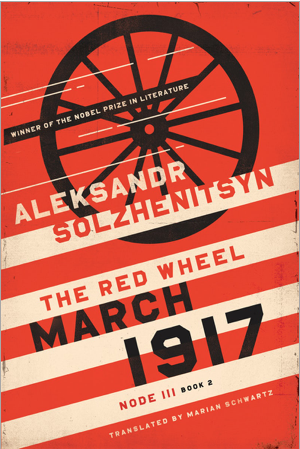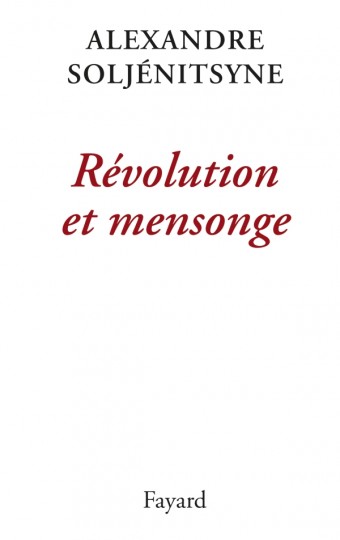New Richard Tempest book on Solzhenitsyn
/Solzhenitsyn scholar Richard Tempest has just published Overwriting Chaos: Aleksandr Solzhenitsyn's Fictive Worlds (Boston: Academic Studies Press, 2019), a welcome new study examining Aleksandr Solzhenitsyn’s evolution as a literary artist from his early autobiographical novel Love the Revolution to the experimental mega-saga The Red Wheel, and beyond. Tempest shows how this author gives his characters a presence so textured that we can readily imagine them as figures of flesh and blood and thought and feeling. The study discusses Solzhenitsyn’s treatment of Lenin, Stalin, and the Russian Revolution; surprising predilection for textual puzzles and games à la Nabokov or even Borges; exploration of erotic themes; and his polemical interactions with Russian and Western modernism. Also included is new information about the writer’s life and art provided by his family, as well as Tempest’s interviews with him in 2003-7.
Mr. Tempest’s book is available directly from the publisher, in hardcover or e-book from Amazon, or wherever books are sold.
Table of Contents
Acknowledgments
A Note on Translations and Transliterations
Preface
Timeline of Solzhenitsyn’s Life and Works
Part One: The Writer In Situ
1. The Quilted Jerkin: Solzhenitsyn’s Life and Art
2. Ice, Squared: “One Day in the Life of Ivan Denisovich”
3. “Turgenev Never Knew”: The Shorter Fictions of the 1950s and 1960s
4. Meteor Man: Love the Revolution
5. Helots and Heroes: In the First Circle
6. Rebel versus Rabble: Cancer Ward
Part Two: The Writer Ex Situ
7. Twilight of All the Russias: The Red Wheel
8. Return: The Shorter Fictions of the 1990s
9: Modernist?
Appendix. Three Interviews with Aleksandr Solzhenitsyn (2003–7)
Notes
Selected Bibliography
Index












